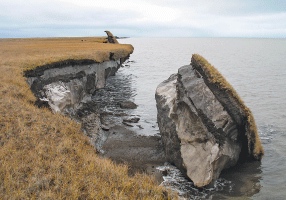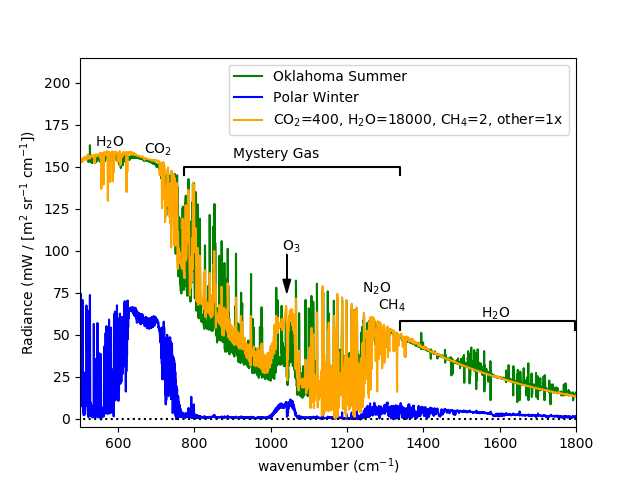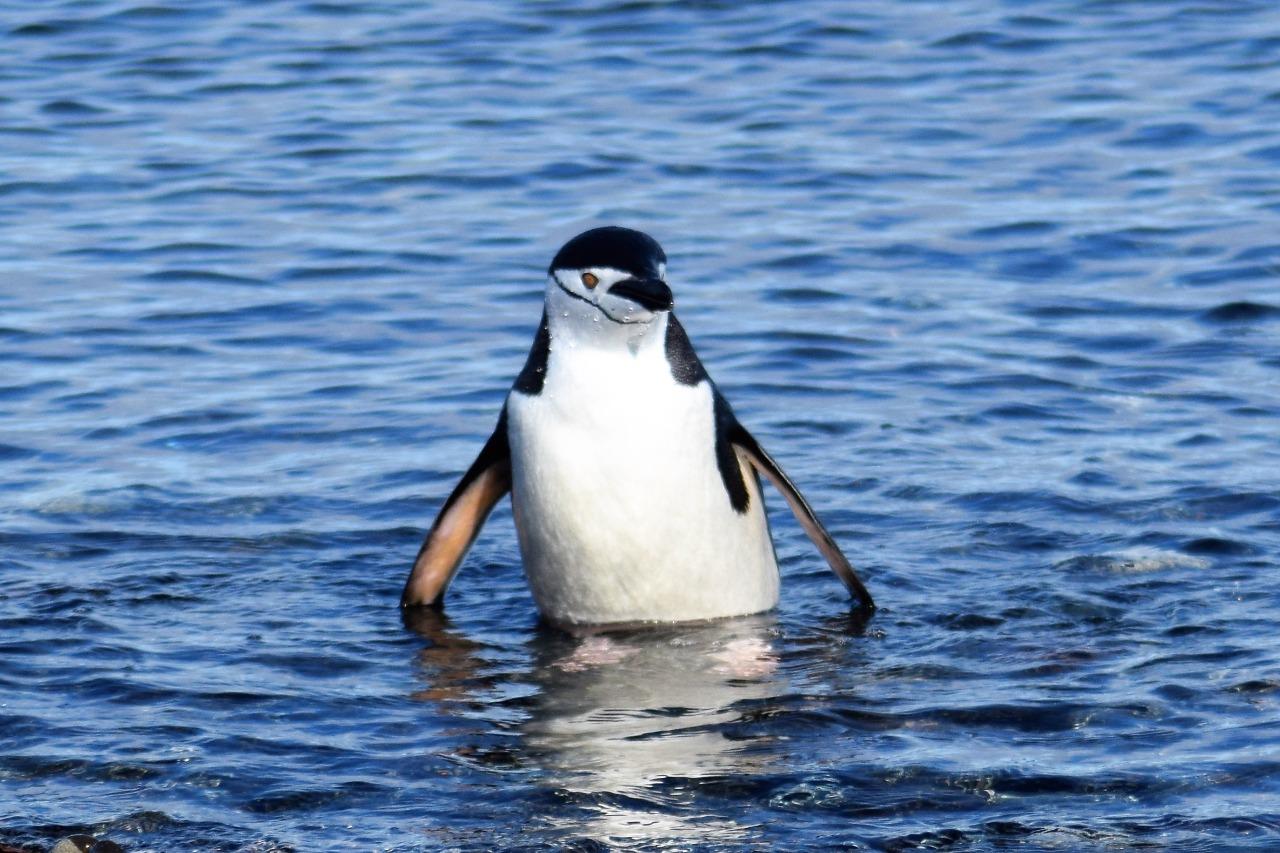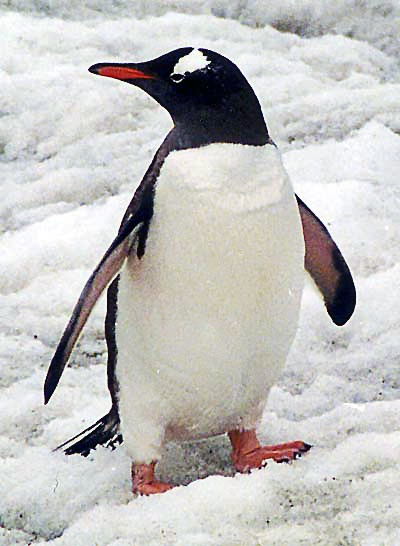PENGUIN modules
PENGUIN is an NSF-funded project to bring polar research and data into undergraduate classrooms. For PENGUIN High, the modules have been modified for the High School level to provide an easy entry into powerful computational tools.
Choose from Excel, Python, or R. Modules in Python and R are completed on an online platform, with no downloading or prior coding experience required.






